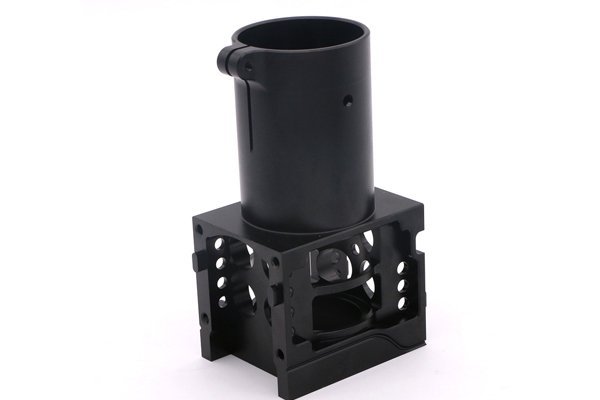Did you know that composite materials, such as carbon fiber and fiberglass, can be up to five times stronger than steel while being significantly lighter? This incredible strength-to-weight ratio has led to an explosion in the use of composites across various industries, from aerospace and automotive to consumer products and medical devices. However, the complexity of machining these materials presents significant challenges, particularly in the realm of CNC (Computer Numerical Control) machining.
With the right techniques and technologies, CNC machining can unlock the potential of composites, ensuring precise and quality outcomes. In this blog, we will explore the challenges of CNC machining with composite materials and provide detailed solutions to overcome these obstacles, enhancing your understanding of this evolving field in manufacturing.
Understanding Composite Materials
Before diving into CNC machining specifics, it’s vital to understand what composite materials are. Composites are engineered materials made from two or more constituent materials with significantly different physical or chemical properties. This combination results in a material with enhanced performance characteristics.
Types of Composite Materials:
Challenges in CNC Machining Composite Materials
CNC machining of composite materials presents several challenges, such as:
Detailed Solutions to Overcome CNC Machining Challenges
Now, let’s delve into specific strategies that can be employed to overcome these challenges in CNC machining of composite materials.
To address delamination, consider the following measures:
To mitigate tool wear, implement the following strategies:

Efficient thermal management will also enhance machining performance:
The quest for high-quality surface finishes is essential. Here’s how to achieve that:
Dust control is essential for both operator safety and machine longevity:
Real-World Applications of CNC Machining of Composites
CNC machining techniques can enhance productivity and quality in various applications. Here are a few practical cases:
Aerospace Industry
Composite materials are widely used in aircraft manufacturing due to their lightweight and high-strength properties. CNC machining ensures precise parts such as wing structures, fuselages, and engine components, improving flight efficiency and performance.
Automotive Sector
From vehicle frames to interior components, CNC machining helps in creating lightweight, durable parts, allowing for improved fuel efficiency and performance.
Medical Devices
CNC machining of composites lends itself to innovative medical devices. Parts such as surgical instruments and prosthetics benefit from the customizability and lightweight nature of composite materials.
Consumer Products
Composites are finding their way into consumer goods, including sporting equipment and electronics, where CNC machining delivers high-quality finishes and complex geometries.
As we have explored throughout this blog, CNC machining presents a powerful avenue for practitioners aiming to use composite materials effectively. By recognizing and implementing strategic solutions to challenges such as delamination, tool wear, thermal management, surface finish quality, and dust control, manufacturers can unlock the full potential of composites.
In summary, mastering CNC machining with composite materials requires a comprehensive understanding of both the materials and the machinery involved. From specialized tools and optimal machining parameters to thorough maintenance routines, every detail matters in ensuring quality and efficiency.
The importance of this knowledge cannot be overstated. Composites are increasingly becoming essential in modern manufacturing processes, and advancing your understanding of CNC machining will position you and your organization for future success in this competitive industry.
So whether you’re in aerospace, automotive, or another sector, investing time in improving CNC machining practices for composites could lead to significant benefits in product performance, quality, and cost-effectiveness. Now is the time to take action and refine your processes — the future of manufacturing with composite materials is already here; are you ready to embrace it?






